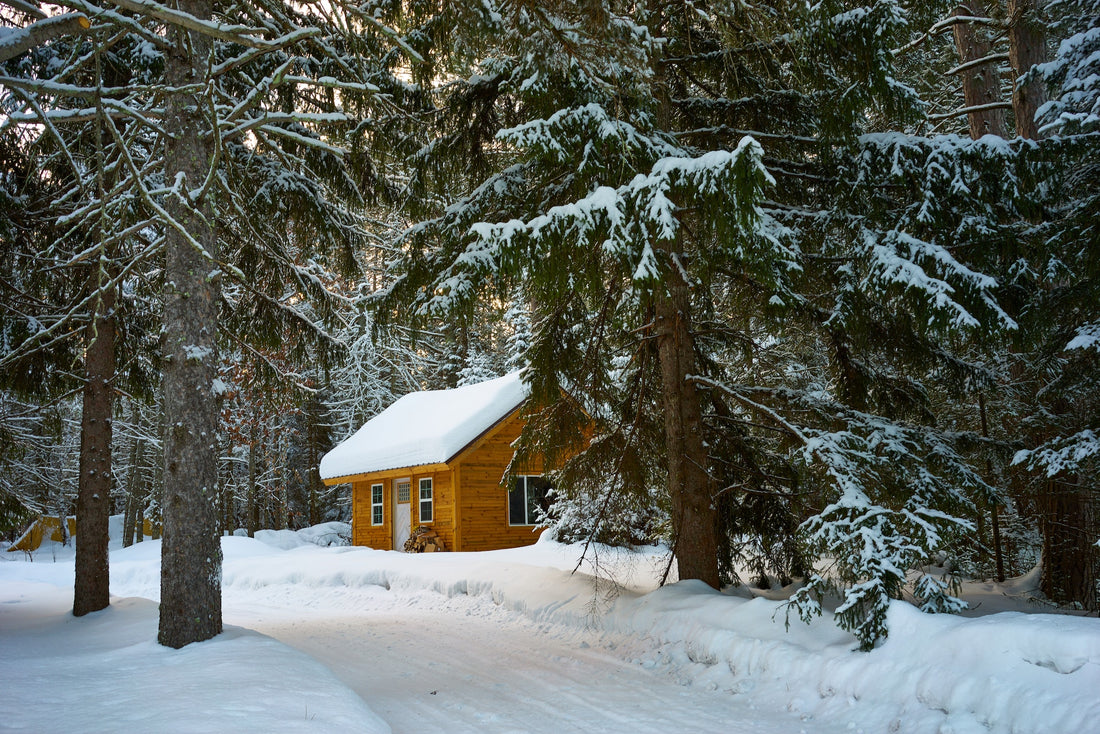Planning and Permissions
Your journey to an off-grid life begins with a solid plan. Understand your needs and wants from the cabin - be it just a weekend retreat spot or a full-time residence. This, in turn, would determine the cabin's design and size. It is also necessary to survey the forest plot for suitability and to learn about the local construction laws. Some regions might require you to obtain special permissions before commencing the construction. Reach out to the area's city planning or county office, and make sure you have all necessary permits before you start.
Cabin Design and Construction
A critical component when building an off-grid cabin is the design. Ideally, your cabin should be designed to be as energy-efficient as possible, considering the remote location and limited available resources. Orientation can play a crucial role: positioning the cabin so that it utilizes natural light maximally and maintains optimal temperature through passive solar heating can be a sustainable choice.
Opt for natural, locally sourced construction materials to lessen environmental impact and cost. The method of construction, too, plays a significant role. While traditional building methods involving wood and nails hold their charm, newer techniques like building with cob or straw bales provide excellent insulation and are more eco-friendly.
Energy and Water
Living off-grid means ensuring independent energy and water sources. When in a forest, solar power is generally the most viable option. However, dependability on solar energy would depend on the sunlight you get throughout the year. If the location is too shaded, you may consider a micro-hydro power system with a flowing stream nearby or a wind turbine if the area experiences constant wind.
Harvest rainwater for your water needs. While you could use a nearby stream or lake, it’s crucial to have the water tested for safety. For waste management, consider installing a composting toilet system.
Heat and Food
A wood-burning stove can work for cooking and heating, given the abundance of wood in a forest. This not only cuts down on electricity usage but also adds a rustic charm to your cabin lifestyle. As for food, cultivating a small vegetable patch depending on the forest's soil suitability and maintaining a root cellar for preservation can be a self-reliant approach.
Communication, Safety, and Navigation
Being in a remote location, it's crucial to devise ways to communicate in emergencies. Satellite phones or ham radios can prove to be helpful. Also, ensure you're prepared for potential wildlife encounters. Knowing basic wildlife defense techniques and having emergency first aid kits are essential.
It's likewise critical to keep a reliable navigation system. Traditional compasses and maps can work, but consider GPS systems, especially if the forest area is vast and unfamiliar.
Building an off-grid cabin in the forest is not merely about constructing a shelter. It's about building a lifestyle that is harmonious with nature, self-sufficient, and sustainable. The satisfaction derived from living in a dwelling created by your hard work, surrounded by the tranquility of nature, is unparalleled. With proper planning and execution, this dream can indeed become a reality.

